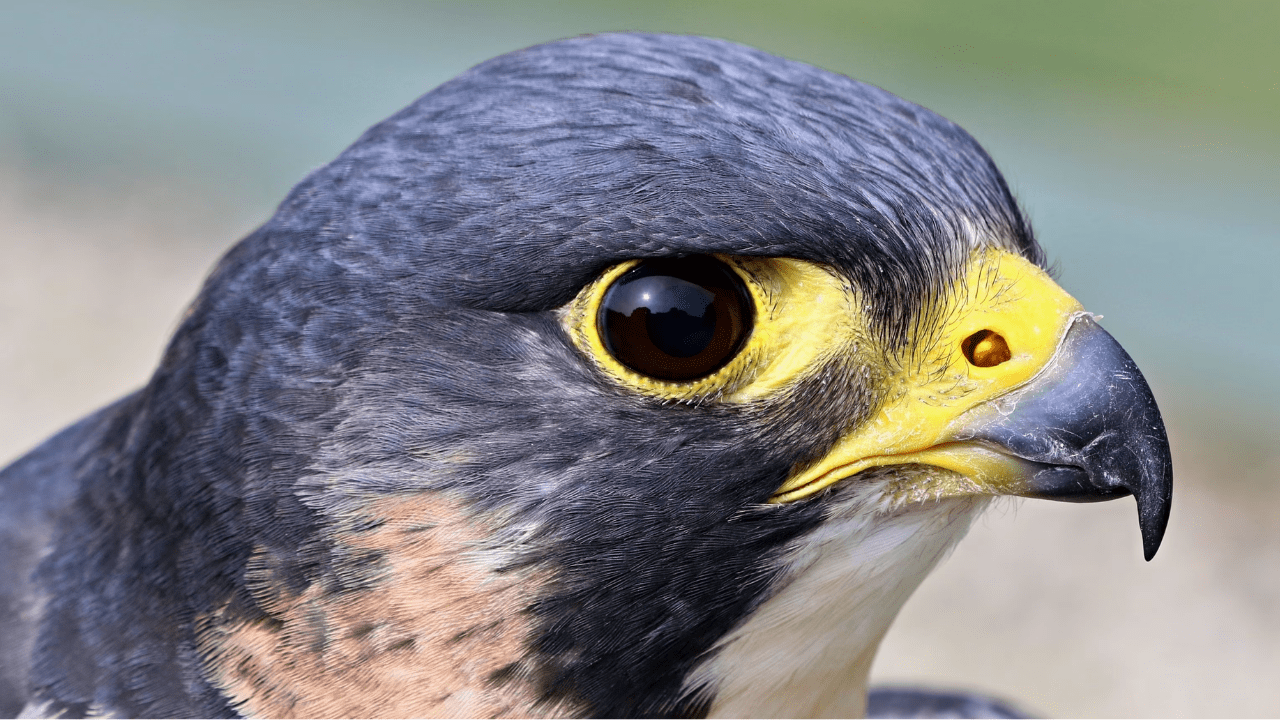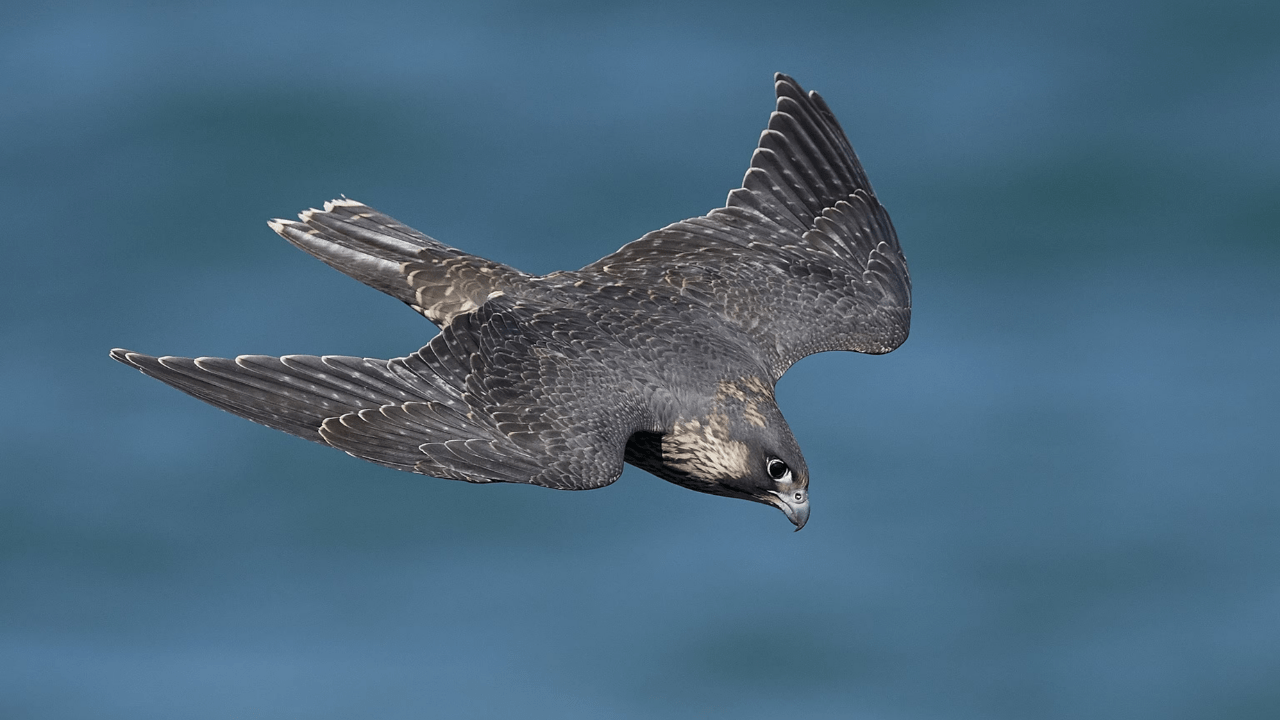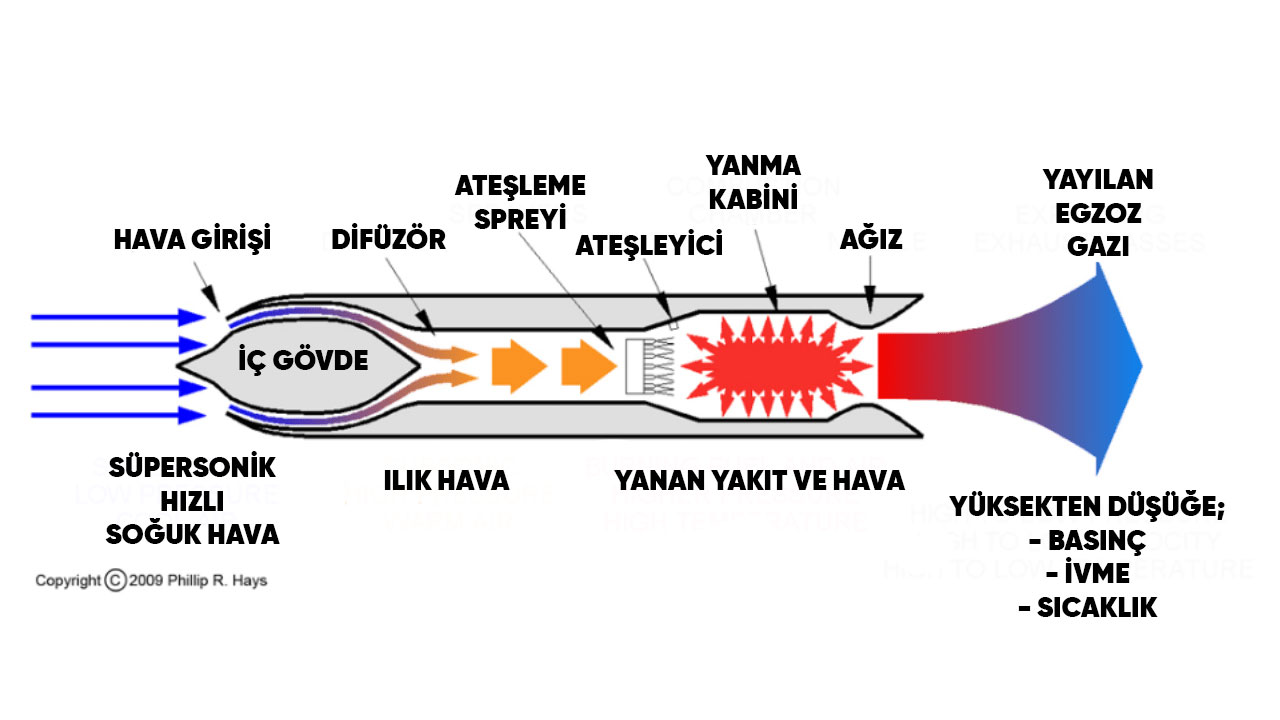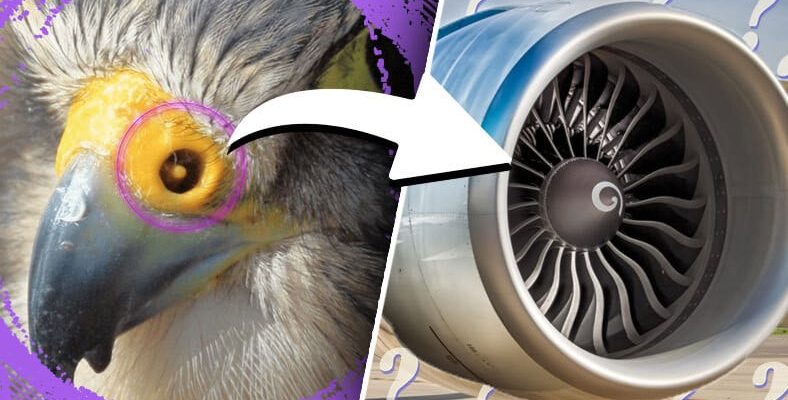Nature has been a source of inspiration for us in many areas. Especially the world of birds is at the forefront of technologies in the field of aviation. One of the most interesting of these is the similarity of the hawk’s nose to jet engines.
one of the most predatory birds Hawks, has unknown features in addition to its inconspicuous aspects. For example, in their noses. Yes, no one would think of it but on the hawk’s nose A mystery is hidden. So much so that we can say that the way jet engines work is related to the hawk’s nose.
Becoming the symbol of power and speed jet engines and created with these engines jet planes, It was literally designed with the inspiration of the hawk bird. Based on a bird’s nose to the aviation industry Giving direction must be a marvel of design. Someone engineeringthe other wonder of nature… Let’s examine these two similarities together.
falcon certain features We can list it as follows:
- They can live up to 80 years.
- While their length is 50-65 cm, their wings can be up to 130-165 cm.
- They can have a flight speed of up to 389 km per hour.
- Female hawks are larger than male hawks.
- According to research, there are 50 known species of hawks.
- In our country, they are most commonly found in the Marmara Region.
- They usually hunt during the day.
At the same time, a species of bird of prey hawks known as They can be tamed. Yes, you heard right, these large winged birds are being domesticated. One of the purposes is tourism today. In return, tourists who want to take a photo with a hawk earning is provided. Another purpose is that some societies believe in the superiority of these birds. hunting taking advantage of the feature in hunting They domesticate them to use them.
Now, we can move on to the most important organ of this bird species. In other words, the respiratory organ and the main subject of our content are to your nose…
The nose of a hawk has different characteristics than the nose of any bird.

Have you ever noticed the nostrils of hawks? If we look carefully at the close-up photos of these birds, we see that their nostrils spiral We see that it happens somehow.
Tubercle This structure, which is a bony protrusion called slows down the air and prevents it from entering through the nostrils. air pressure directly lung damage prevents it from happening. It increases air pressure by slowing the air flow. Thus, it allows air to enter the body slowly.

Also, according to research, traveling at high speeds lung damage Why doesn’t it happen? What happens is that peak speed is reached during descent, and the increased airspeed encountered by the nostrils causes a drop in air pressure.
Since the energy flow is directed from high pressure to low pressure As the outside air pressure increases during descent, it will attack the decreasing air pressure in the lungs. As the pressures try to balance each other, breathing will become difficult and the lungs will be damaged.
What do jet engines have to do with anything?
The miraculous feature of this spiral structure on the nose of hawks is jet engines It provides inspiration for the designs of entrance cones. We know that jet planes with sudden altitude changes His agile movements fascinate everyone.
While doing these, you are exposed to many air pressure changes. At this point, the hawk’s nose from aerodynamics Jet engines are produced using it.
Air inlet part of jet engines spiral It is in the form. This spiral-shaped structure slowly sucks the air from the front and compresses it with compressors. Thus, the air is compressed, heated and its pressure increases. Fuel is transferred quickly to ensure combustion of the heated and pressurized air. Serious damage from the burning fuel-air mixture thrust emerges.
If the air taken from the front went to the engine quickly during trends, it would be affected by pressure changes. serious negative consequences could come out. For this reason, the air inlets of the engines are spiral shaped.
Schematic drawing of airflow in jet engines

In the diagram above, you see the path followed by the air entering the jet engine. At supersonic speeds The cold air encountered must first be slowed down so that it can pass through the engine and burn. This slowing process is carried out in the first place where the cold air encounters and inner body It is achieved thanks to the large cylindrical cones we see.
The inspiration for F-16 aircraft also comes from the hawk.
When we say jet engine, we immediately think of F-16 aircraft income. Actually, this situation is not a coincidence. Engines and itself of F-16 aircraft It was designed exactly inspired by the falcon. In fact, the hawk bird is included in its emblems and slogan. F-16 planes, “Fighting Falcons” It introduces itself to the world as.
As you can see, in the design of jet engines nature and engineering intertwined is located. This is just one example of how nature inspires us. Many designs like this in the field of technology are inspired by nature. If you have any examples that come to your mind, let’s meet in the comments.
Our other content that may interest you:
RELATED NEWS
10 Facts That Will Make You Doubt That Owls Are Birds When You Learn Them
RELATED NEWS
The fact that some bird species such as chickens and penguins cannot fly is ‘Wow!’ Reason That Makes You Say
RELATED NEWS
Concept Explaining How Too Much Comfort Can Backfire: Over-Engineering
RELATED NEWS
